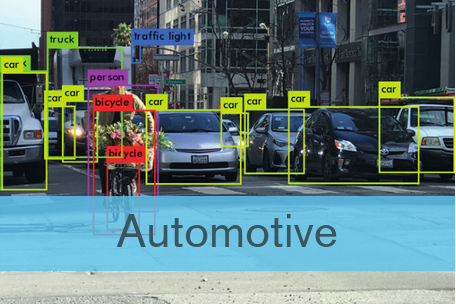Introducing SAFEXPLAIN:
Safe and Explainable Critical Embedded Systems based on AI
Objectives
To improve the explainability and traceability of DL components
To provide clear safety patterns for the incremental adoption of DL software in Critical Autonomous AI-based Systems (CAIS)
To integrate the SAFEXPLAIN libraries with an industrial system-testing toolset
To create architectures of DL components with quantifiable and controllable confidence, and that have the ability to identify when predictions should not be released based on applicability’s scope or security concerns
To design, implement, or update selected representative DL software libraries according to safety patterns and safety lifecycle considerations, meeting specific performance requirements on relevant platforms
Deep Learning (DL) techniques are key for most future advanced
software functions in Critical Autonomous AI-based Systems (CAIS) in
cars, trains and satellites. Hence, those CAIS industries depend on their
ability to design, implement, qualify, and certify DL-based software
products under bounded effort/cost
Case studies
Railway: This case studies the viability of a safety architectural pattern for the completely autonomous operation of trains (Automatic Train Operation, ATO) using intelligent Deep Learning (DL)-based solutions.
Space: This case employs state-of-the-art mission autonomy and artificial intelligence technologies to enable fully autonomous operations during space missions. These technologies are developed through high safety-critical scenarios.
Safexplain starts its activities
The first face-to-face meeting of the project takes place on 26-27 October 2022 at the Barcelona Supercomputing Center (BSC) in order to discuss the first research project activities and next steps. The meeting is hosted by BSC at its premises.
No Results Found
The page you requested could not be found. Try refining your search, or use the navigation above to locate the post.



